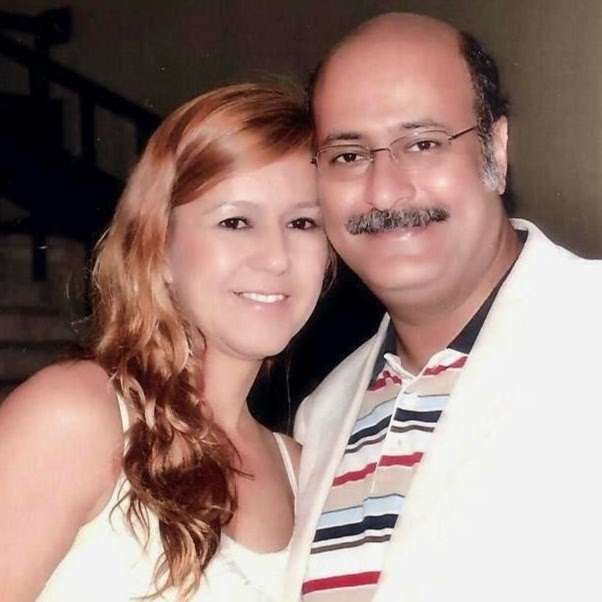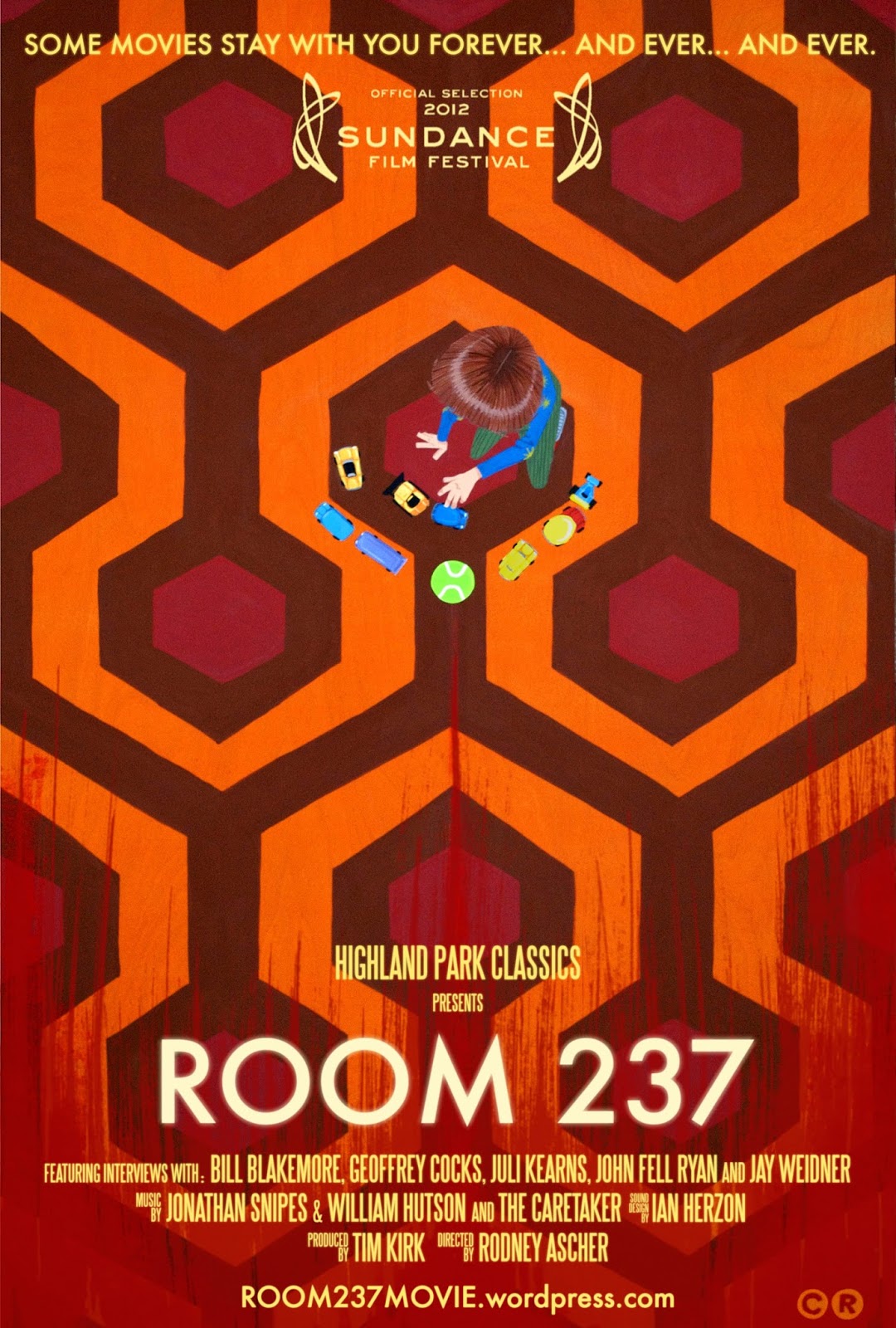by Sherif Awad
Considered to be a ‘modern-day Indiana Jones’, renowned filmmaker and author Jay Weidner had ongoing worldwide quests to find clues in ancient heritages and in various films. Among his acclaimed documentaries on filmmaking, the 2011 Kubrick’s Odyssey in which he analyzed and revealed the secrets of Stanley Kubrick’s immortal films. Weidner was also featured in the 2012 documentary Room 237, in which director Rodney Ascher explored various interpretations of Stanley Kubrick’s 1980 horror film, The Shining starring Jack Nicholson. Since 2012, Weidner has been creating and producing original content for Gaia TV, an on-line alternative television network for which he developed and produced cutting edge programs and series such as Hollywood Decoded co-hosted by Jay Dyer, author of the book Esoteric Hollywood.
Sherif Awad had this online Q&A with Jay Weidner …
SA: I came across your work and interviews for various radio and TV channels while watching videos on YouTube about secret messages and subliminal symbols in Hollywood’s productions. Can you introduce yourself in your own words?
JW: I have always been a curious person who first thought that science could explain everything until one day, I discovered a book on the subject on alchemy. One should note that the word “alchemy” is derivative from kēme and kmt, both were old names of Egypt describing it as “the black land of rich soil” where nutritive harvests were easily grown near the Nile River. And so, after reading the book, I have attempted to debug it to prove to myself it wasn’t real. But in the end, after more readings, my brain became open to many ideas I previously didn’t consider. This drove me to making more researches, writing books and making several documentaries and videos on several subjects including secret messages in Hollywood movies.
SA: As part of your researches mentioned in your biography is the search for truth. However, in the classic Japanese film Rashomon (1950) by Akira Kurosawa, truth was presented as a relative concept depending on the way it is narrated or the angle it is viewed from.
JW: Now, since we talk about Rashomon which is one of my top ten films all time, I want to go and see it again… About the concept of “The truth”, I think it is a combination of common sense, perception and the ability to realize it is not all black and white… it is like a diamond or a crystal with many facets… And so, the larger truth is something you should continuously look at… They are also some people who can perceive reality than others… For instance, my wife gets upset because she can’t see UFOs… And I tell her while laughing that you will see one if you look for one…
SA: You have many articles, books and TV shows about subliminal messages and symbols in Hollywood cinema including films made by the late and great Stanley Kubrick. Since film is medium that travels around the globe while being conserved for years to come, do you think that the big bosses behind Hollywood studios have also their hidden agendas and to secretly deliver messages to the subconscious mind of film audiences?
I think this is going on now than ever before… Filmmakers want to slip in some information or idea that he might think it could be censored upon the release of their films… Other filmmakers inject some mockeries and sarcastic humor to make fun of studio chiefs in indirect ways… As for Kubrick as an example, he was a film genius with a high IQ who became the first director to have complete freedom to deliver a final cut with interference of studio chiefs since he started to make 2001: A Space Odyssey (1968) … Kubrick wanted many generations to look for his films and to watch them in hundred years from now. In 1999, right after his death, I wrote one of my first articles on deciphering 2001: A Space Odyssey, which became very popular among cinephiles and filmmakers. In a couple of years, filmmakers started to follow the same route by becoming braver in symbolism… If one said: “A picture is worth a thousand words”, I elaborate: “A symbol is worth a thousand pictures” … If we take an example from 2001: A Space Odyssey, the villain in this film was a computer called Hal 9000 which was represented by a red eye in the film. If we go back to the history of mankind, which this film retraces from the prehistorical man to the space age, we remember that a dark eye in the woods represented the mankind’s fear. Hence Kubrick was telling us that, although mankind has realized many scientific achievements, that primal fear has been passed to us by our ancestors through the ages.
SA: Speaking of secrets in Hollywood, do think that the timing of the outburst of allegations against producer Harvey Weinstein has a certain significance to erupt on the media back in October 2017?
JW: I believe that there are high ranking US honest intel officials who uncovered some hidden networks and practices involving persons like Weinstein. Those officials were supporters of Trump to become a candidate and now a president for him to put an end to the dark side of Hollywood. Weinstein might be like many like him, having a double life; by day, he is an educated producer of arthouse films that lunched the career of many current stars and by night, he is this man as described by the reports in the media.
SA: You appeared as an interviewee in the 2012 documentary Room 237 in which many interpretations of Stanley Kubrick’s The Shining were discussed. For those who are unfamiliar with both films, the title Room 237 refers to a room in the haunted hotel featured in The Shining. Among the theories discussed in Room 237, one that claims that Kubrick had directed hoaxed footage disseminated by NASA to publicize a fake moon landing by Apollo 11 in 1969. Then when Kubrick was making the 1980 release The Shining, he injected the horror film with hidden messages as an atonement for his fake footage making. That’s why he made the room in The Shining to have the number 237 which is distance from earth to the moon. Strangely enough, before The Shining and Room 237, Peter Hyams directed Capricorn One about NASA faking a mission to mars.
JW: I can’t believe it is a coincidence that Peter Hyams directed 2010, the sequel to 2001: A Space Odyssey. It is a fact that Hyams also was working on broadcasts of the Apollo missions for CBS. There are quotes of him saying that “There was one event of really enormous importance that had almost no witnesses. And the only verification we have . . . came from a TV camera.”


